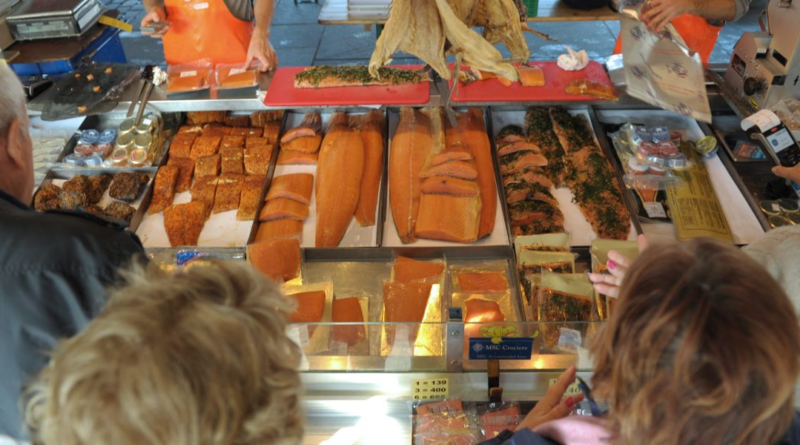While southern Europe sweats, a tough winter in Norway is threatening its key export: salmon
Loved by the world for its distinct taste and high protein content, salmon is a central part of the Nordic country’s exports, accounting for nearly 2% of its annual GDP. Norway’s clout in the area is such that it produces half of the world’s farmed Atlantic salmon.
But now, salmon farming in Norway is under due to extreme weather conditions.
A mix of El Niño, a climate phenomenon that pushes up global temperatures, and colder waters have hurt the salmon population in Norwegian waters. Moreover, a 20-year high in jellyfish attacks has increased the mortality rate among fish, hitting 16.7% in 2023, according to the Norwegian Veterinary Institute’s 2023 Fish Health Report.
The organization identified other factors, such as infectious diseases and injuries, that can make salmon unfit for sale or human consumption.
“This winter has been something close to a perfect storm for the industry when it comes to challenging farming conditions,” Carnegie analyst Philip Scrase told Reuters.
A warm summer could help address Norway’s salmon problem by creating a conducive environment for the country’s key export product.
Climate change’s impact on Norway could be immense. It could cause glaciers to melt, while more rainfall could increase the threat of flooding. Other European countries are also bearing the brunt of weather extremities, such as Italy, where drought conditions and heatwaves have become more commonplace.
Norwegian companies in the industry have long grappled with the threats facing salmon farming, from sea lice infestation to the impact of shifting temperatures. The result? Mass salmon mortality in an industry that, in earnest, only began expanding commercially in the 1960s.
Companies in Norway like Leroy Seafood, for instance, are working on innovative ways to help fend off sea lice. Meanwhile, Mowi, the world’s largest salmon producer, is also investing in smart farming that aims to streamline the overall process from breeding to processing the fish. Producers have also attempted to harvest the fish and then grow them to maturity, although that was difficult to scale up given Norway’s control of salmon exports.
The challenges haven’t stopped the popularity of Norwegian salmon from growing—its export value has been ticking up ever so slightly, reaching a record of $15.62 billion last year, partly helped by the weak krone.
Despite its historic importance to Norway’s economy, salmon farming faces some of the tailwinds impacting other industries, including weaker consumer spending and changing food consumption trends. In addition, Norway’s ban on exporting wounded fish in the interest of protecting the fish variety’s reputation is an added factor for the industry to consider.
Last year, the government introduced a new tax on salmon producers that was meant to be a 40% levy but was ultimately set at 25%. Industry majors resisted the move, as it could result in higher prices and lower investment.
No matter how you slice it, Norway’s salmon industry is hugely lucrative, so addressing its concerns is in everyone’s best interest.



